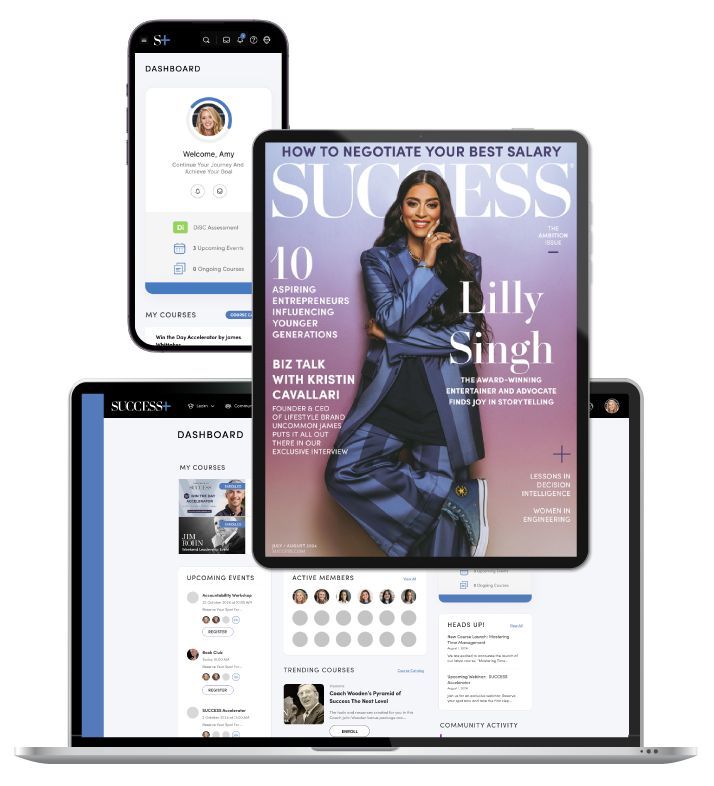The 21st-century marketplace rewards brands that evolve. From minimalist redesigns to full-scale digital rebrands, more and more companies are rethinking how their visual identity actually reflects their purpose and values. In a hyperconnected world where image and identity intertwine, getting it right is crucial. The way a brand shows up, in design, online and beyond, builds the perception, trust and memory it imprints on people.
A strong visual identity is critical in today’s digital age
In the age of social media dominance, mobile-first browsing and influencer-driven content, the separation between marketing, design and experience has nearly vanished, demanding near complete authenticity in how brands look and live. In this environment, a brand’s visual identity isn’t just decoration; it’s a reflection of its values and ability to evolve in step with the world around it.
Before the digital age, traditional advertising maintained momentum for even the strongest brands. Today, perception is earned through not just polish, but proof of evolution and endurance.
“You measure success not by how different it looks but by how deeply it resonates. The real test of a rebrand isn’t visual polish; it’s psychological alignment,” says Americus Reed II, a professor of marketing at the Wharton School of the University of Pennsylvania. “A successful rebrand strengthens identity loyalty—the degree to which a brand becomes part of a person’s self-concept. It doesn’t just get noticed; it gets adopted,” he adds.
A consistent logo and signature color palette can give a brand the clarity and confidence it needs to stand out and stay remembered. These are examples of what are known as brand assets: the distinctive visual, verbal and experiential elements that make a brand instantly recognizable. Beyond logos and colors, brand assets can include typography, imagery, taglines, sounds and even packaging—all of which work together to spark recognition and emotional connection.
Consistency in visual identity builds consumer trust across generations
For over a century, Coca-Cola’s red-and-white branding has remained virtually unchanged. Its bold colors and flowing script are instantly recognizable, helping the company sustain global visibility, earn consumer trust and generate billions across generations that have made the drink part of their daily lives. The power of this visual identity is undeniable. By staying true to its classic script and bold red-and-white colors, Coca-Cola has built a brand that is instantly recognizable by consumers worldwide.
Cadbury chocolate’s signature purple-and-gold look plays much the same role. Introduced initially as a tribute to Britain’s Queen Victoria, that deep purple quickly became the brand’s signature, signaling luxury, indulgence and national trustworthiness. Over the decades, it’s done more than just look pretty on a shelf: It’s become a shorthand for high-quality chocolate.
The power of color in branding is surprisingly strong. That iconic purple instantly triggers recognition, and for Cadbury, it’s helped the company stand out in a crowded market. Consumers don’t just notice it, they associate it with the taste, the experience and the promise that this chocolate delivers something different.
How to capture users’ attention before they scroll away
Humans make rapid judgments about people, products and brands within milliseconds of seeing them. Research has suggested that over 90% of these first impressions are based on visual cues: color, shape, typography and overall design, long before any words are read or explanations are offered.
On the web, people’s attention spans are short, and users are quick to jump to the next thing. That makes grabbing their attention online an even tougher job for digital-first brands. According to data from CXL, visitors focus on an institution’s logo for just 6.48 seconds before moving on, while the main navigation menu captures attention for an average of 6.44 seconds. The search box draws slightly less, at just over six seconds, and the site’s primary image holds the gaze for 5.94 seconds. Even written content only commands attention for 5.59 seconds, with the bottom of a page attracting the least focus on average at 5.25 seconds.
With attention spans this short, every element on your site needs to work hard. That means making your logo instantly recognizable, designing a navigation menu that’s intuitive and easy to scan and placing key calls-to-action where users will actually see them. Your search box should be prominent and simple, while images need to grab attention immediately and support your brand story.
Written content should be concise, clear and skimmable, delivering value in just a few seconds. Essentially, it’s about creating a visual and functional hierarchy that guides visitors effortlessly through your site, helping them notice, understand and remember your brand before their eyes wander elsewhere.
Inside-out coherence: Aligning brand purpose with a clear identity
Reed II points to a concept known as “inside-out coherence,” which he says is crucial for modern brands to perfect. He suggests, “Every touchpoint, from your website to your store to your customer service voice, should express the same identity DNA. That starts with internal alignment. Employees need to understand and embody the brand’s purpose before customers ever see a new logo. The most successful brands don’t roll out new guidelines; they roll out new belief systems. When the brand’s inner story matches its outer signals, consumers feel the difference. They sense truth.”
Inevitably, much of the visual transformation and digital innovation driving how brands refresh their look and feel begins online with the best tools available. It’s no surprise that AI is playing a significant role in this evolution. According to recent data from Netguru, 78% of organizations are utilizing AI in at least one business function, marking a substantial increase from 55% the previous year. Specifically, nearly 80% of companies are now leveraging generative AI to enhance their design, branding, strategy and product offerings.
Simplifying the customer journey through smart digital marketing
Venkatesh (Venky) Shankar is a marketing professor and director at SMU’s Cox School of Business, where he leads the Brierley Institute for Customer Engagement. His research focuses on digital marketing, AI, AR, VR, branding and consumer behavior, advising global retailers on technology-driven growth.
“AI, AR and VR can enhance brand image by making experiences more relevant, immersive and reliable. AI personalizes offers and timing to improve engagement and loyalty, while AR/VR builds confidence and emotional connection through interactivity,” says Venkatesh. He adds: “However, technological reliability is essential. My research shows that even small app failures can erode trust and sales. Businesses should use technology to simplify and elevate the customer journey, not complicate it.”
Shankar advises entrepreneurs and business leaders to “leverage low-cost digital tools, modular design templates and quick experiments to identify what boosts engagement or repeat purchase…. Practical improvements in mobile utility and customer convenience outperform cosmetic updates. In modernization, simplicity, focus and measurement trump big creative budgets.”
The brands that last aren’t just the ones that look modern—they’re the ones that mean it. A refreshed logo or sleek website can spark attention, but sustained relevance comes from coherence and consistency. Every element, from color palette to customer experience, should tell the same story and make the same promise. Modernization doesn’t have to mean massive budgets or radical reinventions. As Shankar notes, the smartest brands use simple data-driven tools to stay close to their audiences and move quickly when expectations shift. The key is to evolve with purpose, not panic.
Digital audiences move fast. People decide whether to engage with a website, app or social post in seconds. That means every visual and functional element should work hard to communicate your brand identity immediately. A recognizable logo, a consistent color scheme, signature fonts and a clear layout hierarchy all help users connect the dots quickly. Consistency in design reduces friction, builds confidence and makes your brand feel professional and reliable for the modern age.
Photo by PeopleImages/Shutterstock











